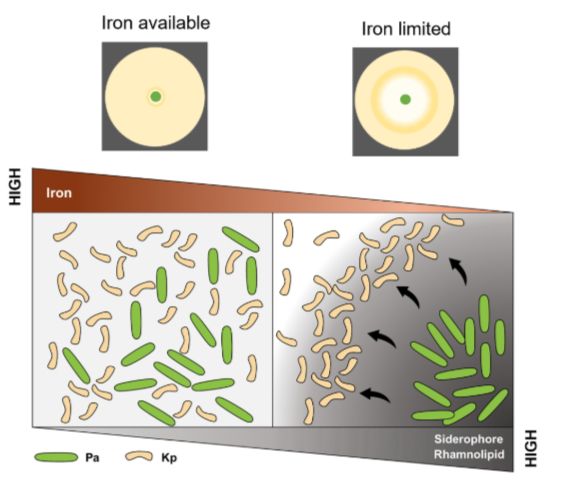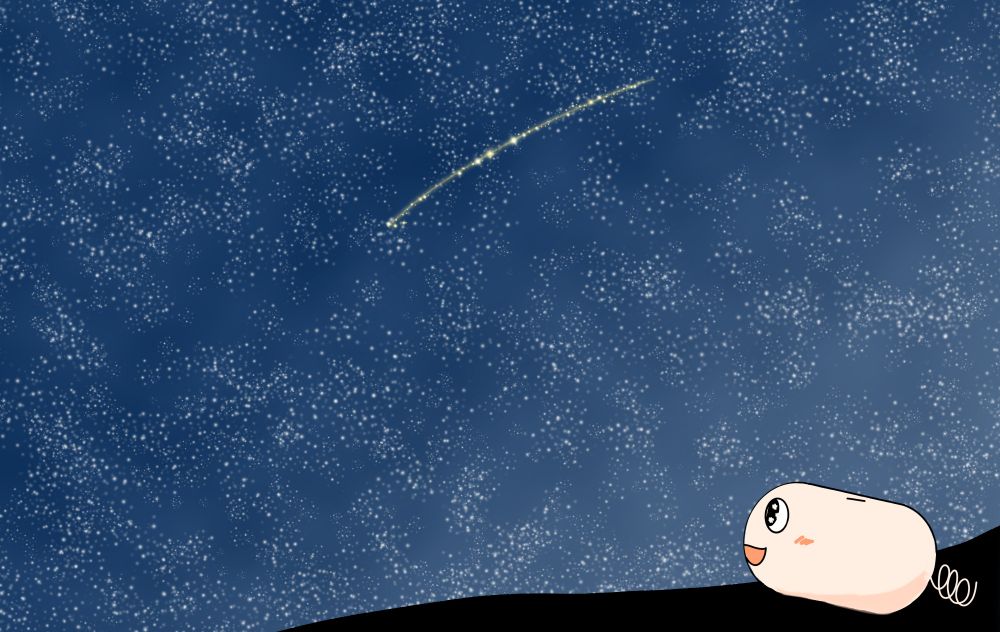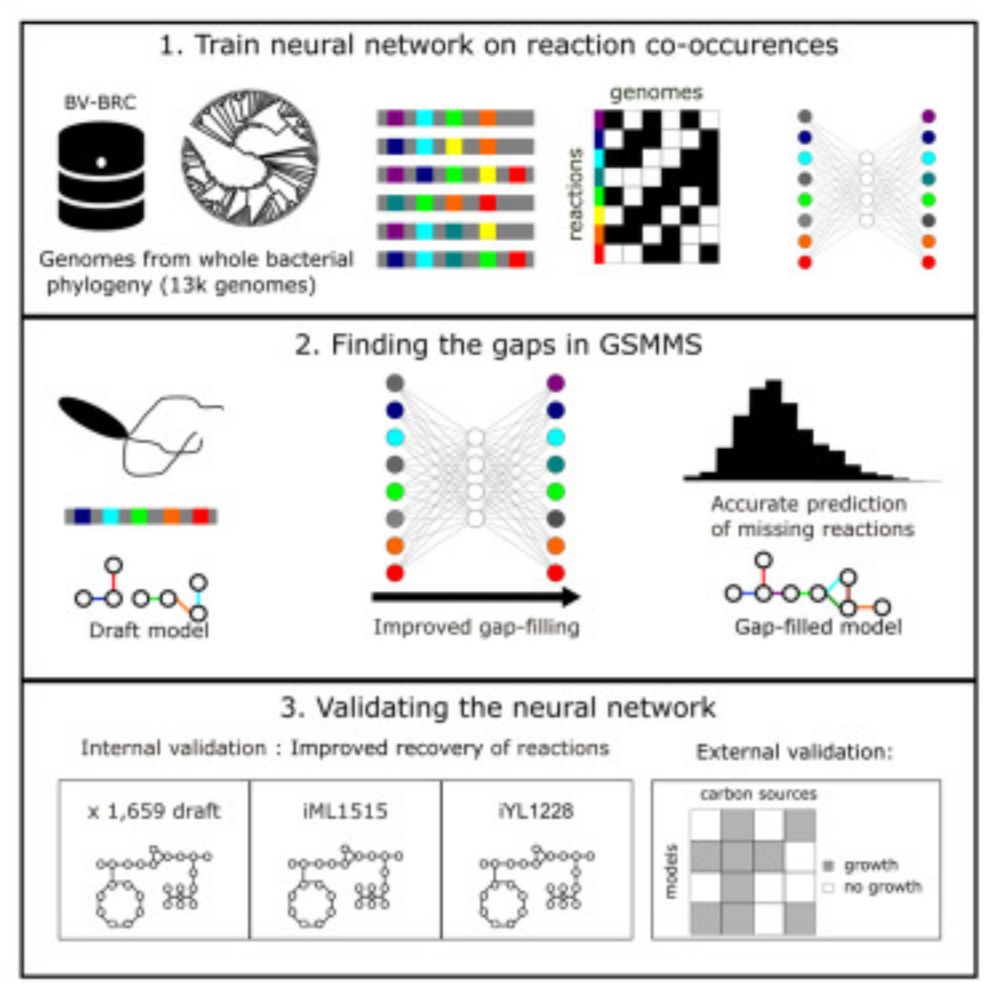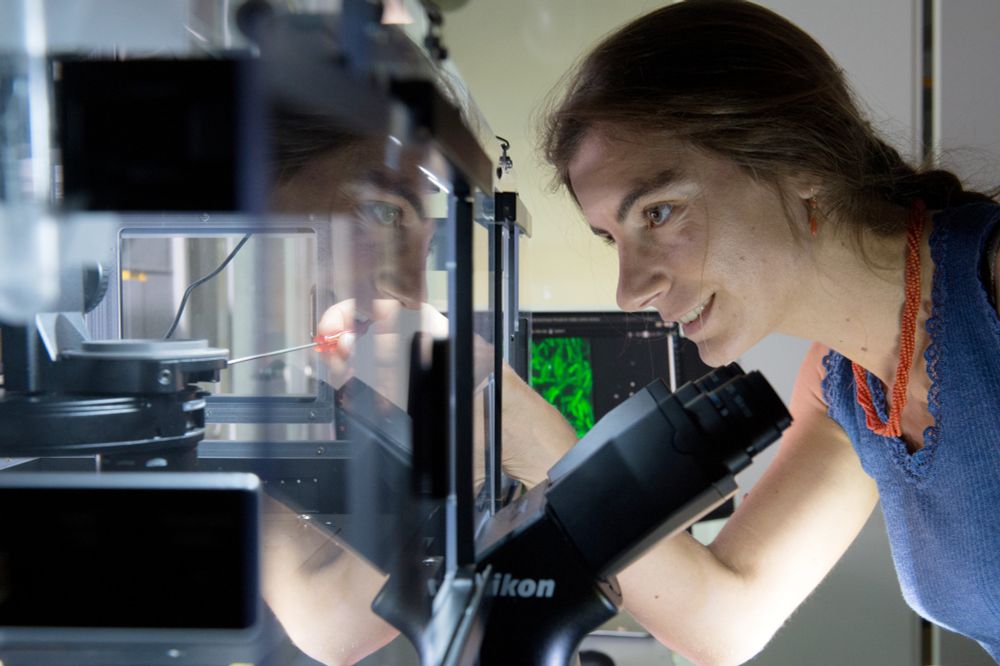Haris Zafeiropoulos
@hariszaf.bsky.social
59 followers
67 following
9 posts
microbial systems biologist, bioinformatician
hariszaf.github.io/
Posts
Media
Videos
Starter Packs
Reposted by Haris Zafeiropoulos
Haris Zafeiropoulos
@hariszaf.bsky.social
· Mar 19
Metabolic modeling for microbiomes
Daniel Garza, Meine Boer and I, we organized a 3-days workshop at INRAE/PROSE in Antony, on the basics of metabolic modelling, our new gap-filler, called DNNGIOR and applications of the methodology on...
hariszaf.github.io
Reposted by Haris Zafeiropoulos
Reposted by Haris Zafeiropoulos
Reposted by Haris Zafeiropoulos






